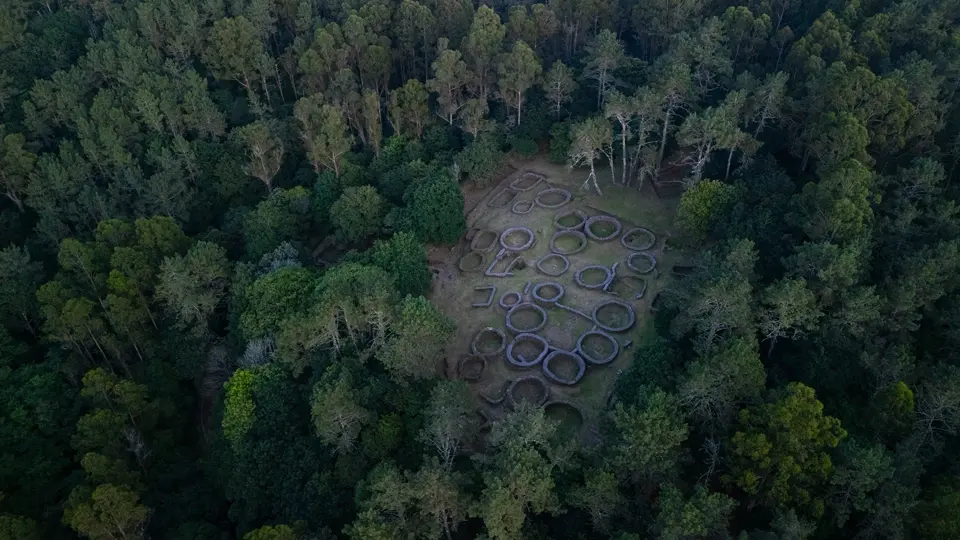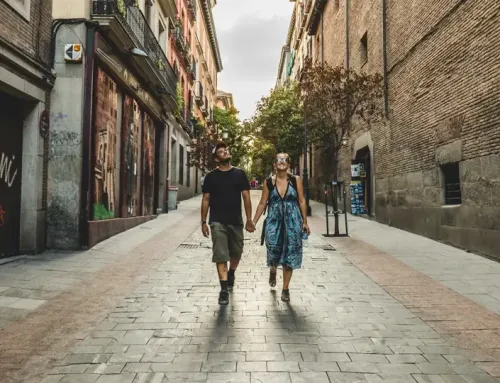Day trip to Costa da Morte
Last Updated on September 17, 2025
Galicia has always been a stark place of unreal beauty. Inland, thick forests and deep green valleys. On the coast, cliffs and steep capes. The difficult orography made Galicia a unique region with its own particular culture.
Galicia and the sea have always been one, even in the interior lands you can sense a scent of salt in the air. For centuries the fishing industry has been an important source of income for Galician people. Today the region offers without any doubt the best seafood in Europe.
From Santiago de Compostela, one of the best day trips that can be taken is to the Costa da Morte (Coast of Death). There you will discover the most beautiful and deadly coastline in Spain.
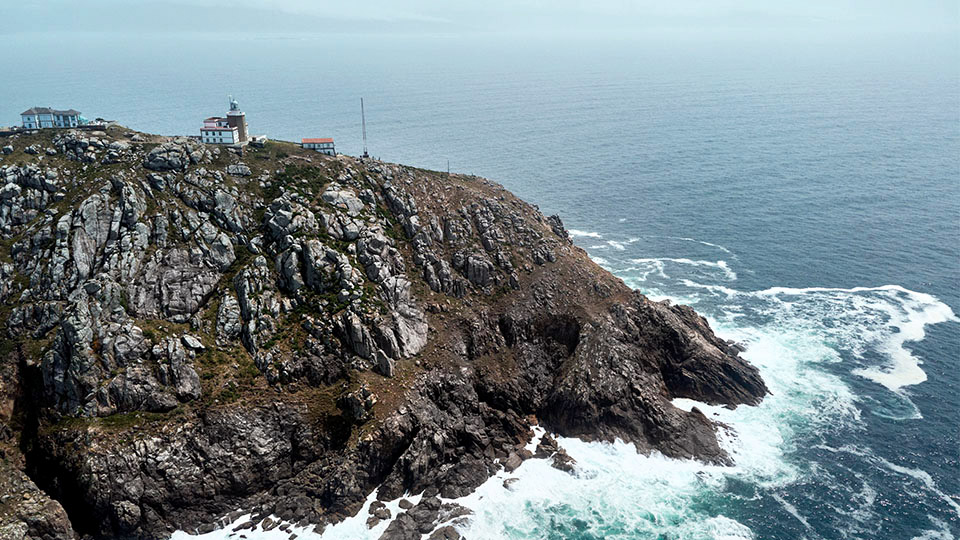
COSTA DA MORTE, LAND OF MAGIC AND SHIPWRECKS
The Costa da Morte has earned its name by right as it holds the sad record of being the place in the world with biggest number of catalogued maritime accidents in the world.
On the other hand, this wild natural landscape offers unspoiled shores and fine sanded beaches that will leave you breathless!
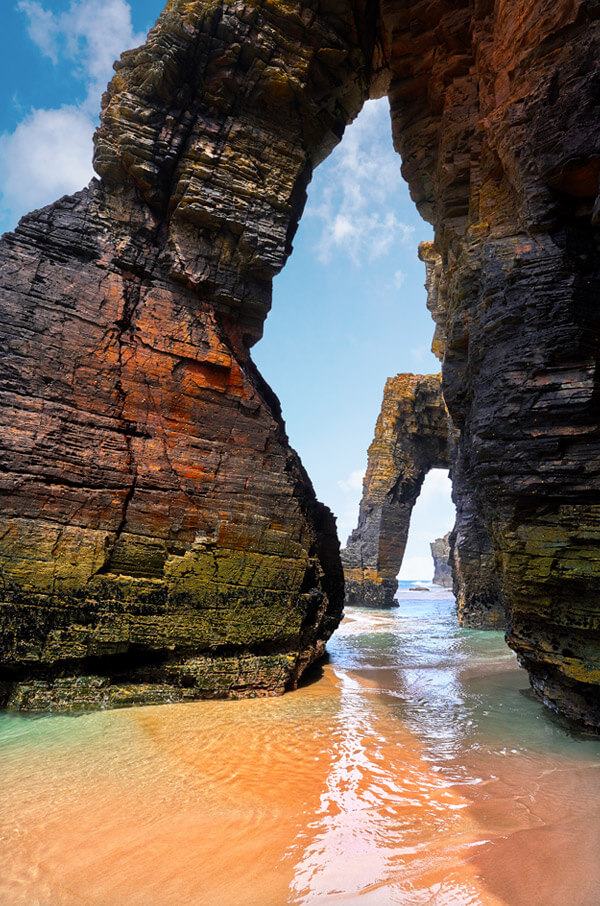
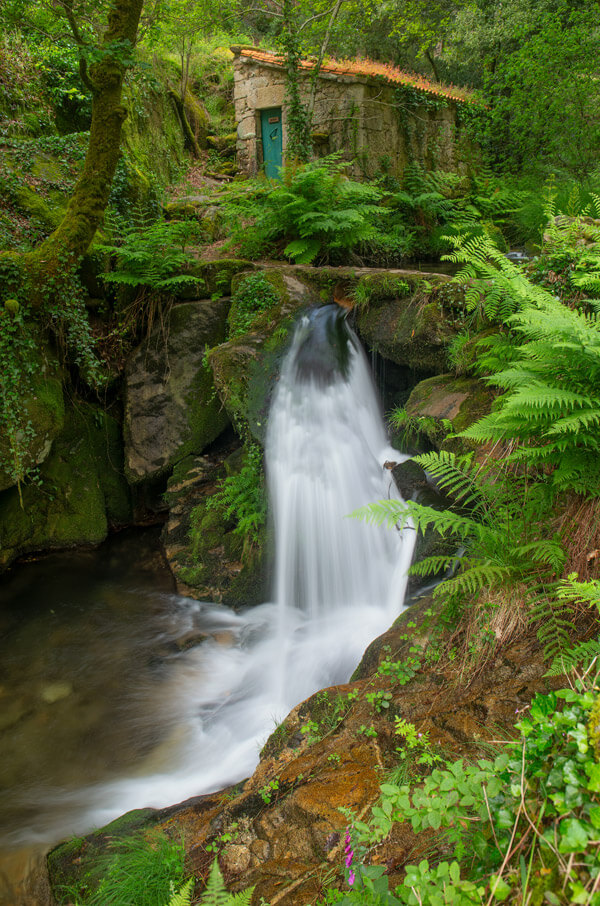
The journey from Santiago to Cape Vilán, will flow amidst rolling hills. You will easily spot Romanic churches and small towns with horreos, an elevated construction to store food and keep it safe from animals and humidity, typical from Galicia and Asturias regions.
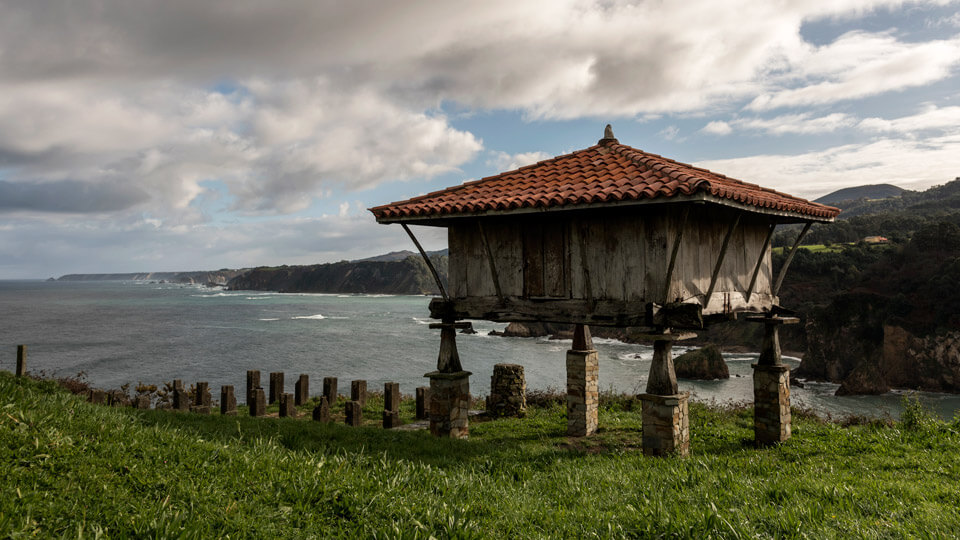
At the Cabo Vilán lighthouse, you will discover the stories and legends of the area. Many have to do with meigas, witches, and mouras, some sort of mermaid that lives under water.
You will also learn about the Celtic ancestors and the legacy they left still present in many words of the Galician language and of course the sound of bagpipes!
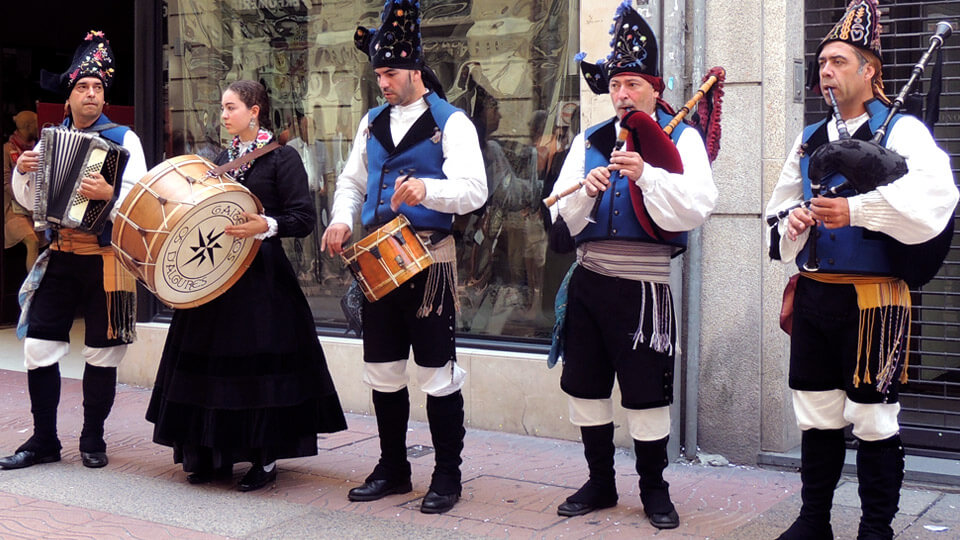
Nearby you will find the English Cemetery where many English sailors of different shipwrecks are buried.
The most dramatic was the accident of the Serpent of the British Royal Navy. 172 out of the 175 crew members died the night of the 10th of November of 1890 when the boat crashed in the rocks.
The area is also known for the precious barnacles. This crustacean grows in the abrupt coasts where waves hit without mercy. Obtaining them it is a risky and hard profession, what justifies their high price. They are cooked in sea water and it is the most precious delicacy in the Galician gastronomy.
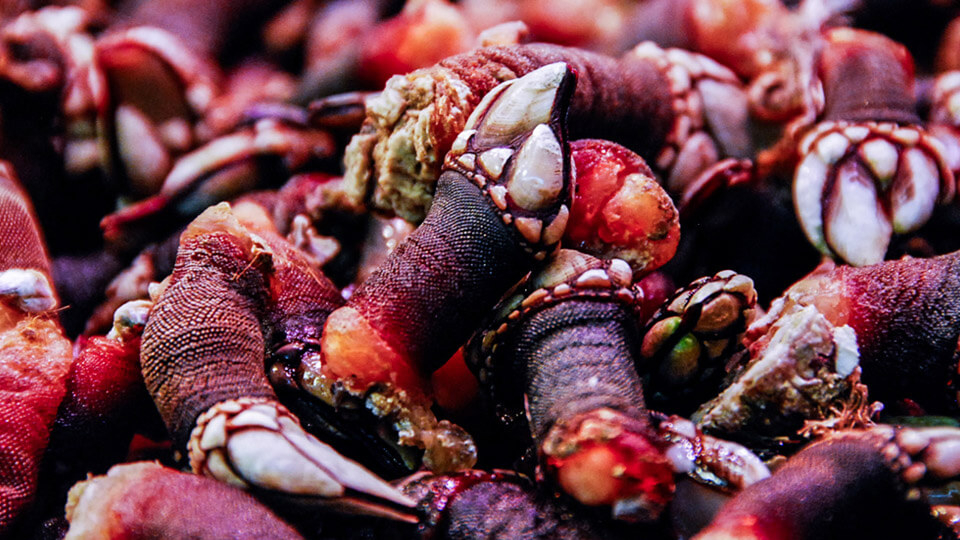
Finally, you will reach cape Finisterre.
The Romans named it “the end of the world” as only a vast extension of water spread beyond this point. No land was known further this shore and those sailors who dared to explore the unknown, would probably only find terrible sea creatures, dragons and the edge of the world…
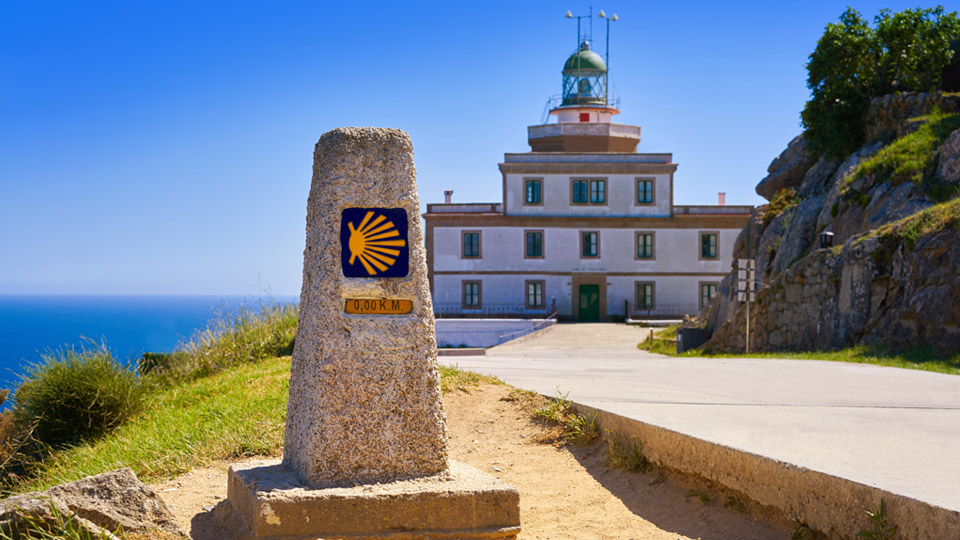
For many, the real end of St James Way is not Santiago de Compostela but Finisterre. The truth is that the cape was already a place of pilgrimage before Christianity.
For Celts and Romans, it was the perfect setting for pagan rites often related to the “miracle” of the sun. The legend says that the Ara Solis, an altar of worship to the sun linked to ancestral fertility rites, was set here.
Truth or not, the fact is that watching the sun go down in the horizon in Finisterre is an overwhelming and magical experience.
If you want to feel mystical energy of Costa da Morte, the Finisterre lighthouse-keepers’ residence was turned into a cozy hotel.
